I don't see surfcasters throwing darters very often, but I think I should. Of course if you're a Montauk regular you think I'm nuts. They're enormously popular and hugely productive lures at Montauk. They may outfish all other plugs combined in the rips there. But this is not the case in most other places. Walk into your average tackle shop in Massachusetts and there's a fair chance you won't even see one hanging on the wall. If you do its most often 10 years old and covered in dust. Walk into the average tackle shop in Maine and you probably won't find any striper plugs at all but I'm not sure you'll find a darter in even the most well stocked. Why is that? Why not? Is it because they don't work in Maine or Massachusetts or any place other than Montauk? I can personally attest to the fact that this is not true. I suppose its mostly because they (obviously) don't sell well in places where they aren't all that popular - kind of the old chicken and egg thing. They do take a bit more specific set of circumstances to work their magic relative to some plugs. Its not like a swim shad that you can pretty much toss anywhere and expect to catch a fish if one's around. They generally perform better in moving water. Its generally perceived as a night lure. Limiting, right? Not really. Moving water at night is where you should be fishing if you are serious about catching more and bigger fish. Although I don't see them terribly often, there are pockets of enlightened folks here and there (other than Montauk). I can't claim to have figured this whole darter thing out for myself, I was brought into the fold by Martha's Vineyard surf guide Ron Domurat. He showed me how to fish one and I took that plug and knowledge all over the coast of New England and caught fish just about everywhere I tried them. Thanks in part to Ron, the Vineyard has a contingent of darter fishermen that mop up nice fish all season long. Any of the tide rips around the Island are places one might consider throwing a darter once the tide gets running. It works! Trust me.  There is also a contingent that I'm aware of that works the rocks in Rhode Island with their darters. Any of the rocky points on a moving tide, any river mouth or any breachway in Rhody would be another good place to give them a shot. [caption id="attachment_2808" align="aligncenter" width="300"]
There is also a contingent that I'm aware of that works the rocks in Rhode Island with their darters. Any of the rocky points on a moving tide, any river mouth or any breachway in Rhody would be another good place to give them a shot. [caption id="attachment_2808" align="aligncenter" width="300"] Tactical Anglers Sub Darter[/caption] What makes a darter do what a darter does? You'll notice when looking at a darter that the face of the plug is sloped, similar to some diving plugs. This serves two purposes- one is that it forces water up and over the top of the plug, creating higher pressure on top relative to the bottom and forcing the plug down. The second purpose is that it also makes the front of the plug less bouyant than the rear which will also helps force it down. The next important feature, that works in conjunction with the sloped face, is the location of the line tie. The line tie has to be up the face of the plug a bit which also will help the plug dig. Making that wire loop larger and/or relocating the location of the loop on the face of the plug also can make the plug dig more or less. The other major thing you'll notice is that the sloped face of the plug is that its notched. This serves a somewhat similar purpose to the lip on a swimming plug- as hydraulic pressure builds on this notch the plug will sway one direction or the other. Unlike a metal or plastic lipped plug where this happens in rapid succession and the plug strums along, the darter's small notch allows it to move through the water more easily and it will go in one direction for a few feet before abruptly turning back in the other direction. Its a wider and less predictable swim than any other plug I can think of. I believe this erratic action is a large part of the appeal that this lure holds over fish. I've had the most success with darters fishing them when the water is running hard from either my left to right or right to left. I usually use a pretty straight, medium speed retrieve in this situation. My second choice would be a breachway type situation where you can stand at the end of the jetty and cast the plug into the outflow and hold it in the current which will cause it to work its way out of the current. Once the plug reaches slower water you begin a slow and steady retrieve. You can free spool line before holding the plug to reach beyond normal casting range in this scenario. My third choice would be a situation where the water isn't necessarily running hard left or right but the surf is a little charged up but not huge. The moving water generated by the surf seems to bring the darter to life. I might "work" the plug a little more with twitches in this situation. On Charlie's suggestion I'll be trying his darters in calm water as well this season. I spoke with several of the leading producers of darters, of which there are even today surprisingly few. Why is that? Again they aren't a huge volume seller. Also they are notoriously hard to make. They're temperamental. They don't lend themselves to being constructed out of an inconsistent material like wood. If the weighting is off they'll just swim in on their side. Indentically sized and shaped wooden darters can have weights that differ by half an ounce. Some will soak up water despite the builder's efforts to seal them. Then you've got to drill through the thing just so because if the holes are off a little it will just swim on its side. A daunting task for even the most competant builder!
Tactical Anglers Sub Darter[/caption] What makes a darter do what a darter does? You'll notice when looking at a darter that the face of the plug is sloped, similar to some diving plugs. This serves two purposes- one is that it forces water up and over the top of the plug, creating higher pressure on top relative to the bottom and forcing the plug down. The second purpose is that it also makes the front of the plug less bouyant than the rear which will also helps force it down. The next important feature, that works in conjunction with the sloped face, is the location of the line tie. The line tie has to be up the face of the plug a bit which also will help the plug dig. Making that wire loop larger and/or relocating the location of the loop on the face of the plug also can make the plug dig more or less. The other major thing you'll notice is that the sloped face of the plug is that its notched. This serves a somewhat similar purpose to the lip on a swimming plug- as hydraulic pressure builds on this notch the plug will sway one direction or the other. Unlike a metal or plastic lipped plug where this happens in rapid succession and the plug strums along, the darter's small notch allows it to move through the water more easily and it will go in one direction for a few feet before abruptly turning back in the other direction. Its a wider and less predictable swim than any other plug I can think of. I believe this erratic action is a large part of the appeal that this lure holds over fish. I've had the most success with darters fishing them when the water is running hard from either my left to right or right to left. I usually use a pretty straight, medium speed retrieve in this situation. My second choice would be a breachway type situation where you can stand at the end of the jetty and cast the plug into the outflow and hold it in the current which will cause it to work its way out of the current. Once the plug reaches slower water you begin a slow and steady retrieve. You can free spool line before holding the plug to reach beyond normal casting range in this scenario. My third choice would be a situation where the water isn't necessarily running hard left or right but the surf is a little charged up but not huge. The moving water generated by the surf seems to bring the darter to life. I might "work" the plug a little more with twitches in this situation. On Charlie's suggestion I'll be trying his darters in calm water as well this season. I spoke with several of the leading producers of darters, of which there are even today surprisingly few. Why is that? Again they aren't a huge volume seller. Also they are notoriously hard to make. They're temperamental. They don't lend themselves to being constructed out of an inconsistent material like wood. If the weighting is off they'll just swim in on their side. Indentically sized and shaped wooden darters can have weights that differ by half an ounce. Some will soak up water despite the builder's efforts to seal them. Then you've got to drill through the thing just so because if the holes are off a little it will just swim on its side. A daunting task for even the most competant builder!  One of the smaller darters in regular production is made by Charlie Muller of Choopy Lures, located on the Jersey shore. The construction quality is first rate, utilizing cut 4x 2/0 VMC hooks (no split rings) and heavy through wire. The plug is produced in the traditional method using un-weighted maple. The paint patterns are simple (I like simple) and I've found them to be durable. Charlie's plug is 5 inches long and 1 3/4oz in weight, its slim in profile by darter standards. The through wire has been glued into postion to help keep the plug swimming right. Charlie confirmed for me that darters "suck to make" and that they are a "fickle plug". The genesis of his plug occured when Charlie was fishing the venerable 1 5/8th ounce Gibbs darter and was into a bunch of fish but he noticed he was dropping some of them and then the hook would then come in pushed into the side of the plug. Charlie figured that having the plug through wired, which would allow the belly hook to be on a swivel might be beneficial. He's been making this design now for 10 or 11 years, which should be enough time to get it down and I think he has. These smaller darters are stronger performers around smaller baits or when the currents and rips aren't terribly strong. I asked Charlie why he doesn't produce a larger size and he seems to think that Super Strike has that part of the market covered with a solid product. I also asked what seems to separate a "good" wood darter from a "clunker" and Charlie's testing has indicated that if a darter floats with its flattened face on plane with the water that it usually will swim right.
One of the smaller darters in regular production is made by Charlie Muller of Choopy Lures, located on the Jersey shore. The construction quality is first rate, utilizing cut 4x 2/0 VMC hooks (no split rings) and heavy through wire. The plug is produced in the traditional method using un-weighted maple. The paint patterns are simple (I like simple) and I've found them to be durable. Charlie's plug is 5 inches long and 1 3/4oz in weight, its slim in profile by darter standards. The through wire has been glued into postion to help keep the plug swimming right. Charlie confirmed for me that darters "suck to make" and that they are a "fickle plug". The genesis of his plug occured when Charlie was fishing the venerable 1 5/8th ounce Gibbs darter and was into a bunch of fish but he noticed he was dropping some of them and then the hook would then come in pushed into the side of the plug. Charlie figured that having the plug through wired, which would allow the belly hook to be on a swivel might be beneficial. He's been making this design now for 10 or 11 years, which should be enough time to get it down and I think he has. These smaller darters are stronger performers around smaller baits or when the currents and rips aren't terribly strong. I asked Charlie why he doesn't produce a larger size and he seems to think that Super Strike has that part of the market covered with a solid product. I also asked what seems to separate a "good" wood darter from a "clunker" and Charlie's testing has indicated that if a darter floats with its flattened face on plane with the water that it usually will swim right.  Gibbs lures has a rich history going back to 1945, it was started by Stan Gibbs who was one of the foremost pioneers and innovators in the striper/bluefish plug making world. I spoke with Dan Smalley Jr. who now produces these out of a corner of his plastics business in Cumberland, RI. The Gibbs darter is unique in several respects. First, its made of birch rather than maple. Most other Gibbs plugs (other than the darter) are made of sugar pine, which is how Stan Gibbs always made them. Because the smaller two sizes of darters are not through wired (they use screw eyes) the hard birch wood is important. Reportedly the birch is also freindlier to work with- it turns well on the lathe. Birch also is less bouyant than sugar pine, which is preferable for a diving plug like the darter. The screw eye design is what Stan Gibbs settled on after testing innumerable prototypes and it swims beautifully. I'm told that the placement of the hooks, eye and the various angles of the plug do not easily lend themselves to through wiring. This would require a re-design of the plug and it is not their desire to mess with the Stan Gibbs design, which is a real fish catcher..
Gibbs lures has a rich history going back to 1945, it was started by Stan Gibbs who was one of the foremost pioneers and innovators in the striper/bluefish plug making world. I spoke with Dan Smalley Jr. who now produces these out of a corner of his plastics business in Cumberland, RI. The Gibbs darter is unique in several respects. First, its made of birch rather than maple. Most other Gibbs plugs (other than the darter) are made of sugar pine, which is how Stan Gibbs always made them. Because the smaller two sizes of darters are not through wired (they use screw eyes) the hard birch wood is important. Reportedly the birch is also freindlier to work with- it turns well on the lathe. Birch also is less bouyant than sugar pine, which is preferable for a diving plug like the darter. The screw eye design is what Stan Gibbs settled on after testing innumerable prototypes and it swims beautifully. I'm told that the placement of the hooks, eye and the various angles of the plug do not easily lend themselves to through wiring. This would require a re-design of the plug and it is not their desire to mess with the Stan Gibbs design, which is a real fish catcher..  Don Musso of Super Strike has been turning out darters since well before I was born (the company is now run by his son Steve), first from maple when he was turning out plugs with Danny Pinchney in the 1960's and later beginning in the mid 1980's from plastic. Theirs is the only plastic darter currently produced in any volume that I am aware of. Years ago Cotton Cordell put out a "Sea Hag" plastic darter that is no longer in production. Yo-Zuri produces a small plug, the Mag Darter that isn't really a darter but a lipless swimmer (its still a good plug). Manufacturing from plastic requires a substantial initial investment of time and money but offers a number of advantages. Once the lure is designed and the proper manufacturing process has been developed the lures can be produced more efficiently and consistently. There's a casting advantage as the weighting of the plug can be manipulated more easily than when working with wood. Plastic plugs also offer a significant durability advantage that is illustrated in this picture. I've had to change the hooks three or four times but this plug has caught not less than 50 bluefish and a couple dozen good sized stripers. As you can see its pretty scratched up but otherwise no worse for wear.
Don Musso of Super Strike has been turning out darters since well before I was born (the company is now run by his son Steve), first from maple when he was turning out plugs with Danny Pinchney in the 1960's and later beginning in the mid 1980's from plastic. Theirs is the only plastic darter currently produced in any volume that I am aware of. Years ago Cotton Cordell put out a "Sea Hag" plastic darter that is no longer in production. Yo-Zuri produces a small plug, the Mag Darter that isn't really a darter but a lipless swimmer (its still a good plug). Manufacturing from plastic requires a substantial initial investment of time and money but offers a number of advantages. Once the lure is designed and the proper manufacturing process has been developed the lures can be produced more efficiently and consistently. There's a casting advantage as the weighting of the plug can be manipulated more easily than when working with wood. Plastic plugs also offer a significant durability advantage that is illustrated in this picture. I've had to change the hooks three or four times but this plug has caught not less than 50 bluefish and a couple dozen good sized stripers. As you can see its pretty scratched up but otherwise no worse for wear.  The paint is also an advantage- because the plastic plug is more durable and won't "absorb" paint the finish can be thinner and more consistent, which again helps make for a more consistent plug. Super Strike's plastic design is called a Zig Zag and is a bit slimmer than most wood darters, Don related that when they were designing the plug in the mid '80's there wasn't much large bait around and this was desirable. The prototypes had a single belly hook and testers including noted surfcaster Steve Campo told Don not to change them at all, as they were bailing fish with them.
The paint is also an advantage- because the plastic plug is more durable and won't "absorb" paint the finish can be thinner and more consistent, which again helps make for a more consistent plug. Super Strike's plastic design is called a Zig Zag and is a bit slimmer than most wood darters, Don related that when they were designing the plug in the mid '80's there wasn't much large bait around and this was desirable. The prototypes had a single belly hook and testers including noted surfcaster Steve Campo told Don not to change them at all, as they were bailing fish with them.  My hope in writing this article is that if you're not tossing darters that you'll consider adding them to your bag of tricks. I used to perceive them as something that was only referenced in magazine articles about fishing at Montauk and that shouldn't be the case. I know certain approaches pay dividends in certain locales and folks get keyed in on those but don't be afraid to try something different. You just may find yourself cleaning up while others catch the skunk.
My hope in writing this article is that if you're not tossing darters that you'll consider adding them to your bag of tricks. I used to perceive them as something that was only referenced in magazine articles about fishing at Montauk and that shouldn't be the case. I know certain approaches pay dividends in certain locales and folks get keyed in on those but don't be afraid to try something different. You just may find yourself cleaning up while others catch the skunk.
-
-
-
-
-
-
- Events
-
- Fly Fishing for False Albacore
- Talking Tog with Captain BJ Silvia
- Kenney Abrames - An Artist Who Fishes
- A Season in the Surf with Jerry Audet
- Our Fishing Lives Podcast - The Saltwater Edge
- Destinations: The East End with Capt Craig Cantelmo
- Albies and Stripers - Seven Stripes Fishing Podcast
- The Salty Side of Tom Rosenbauer
- SWE Seasons on the Fly - Fall Run
- Login




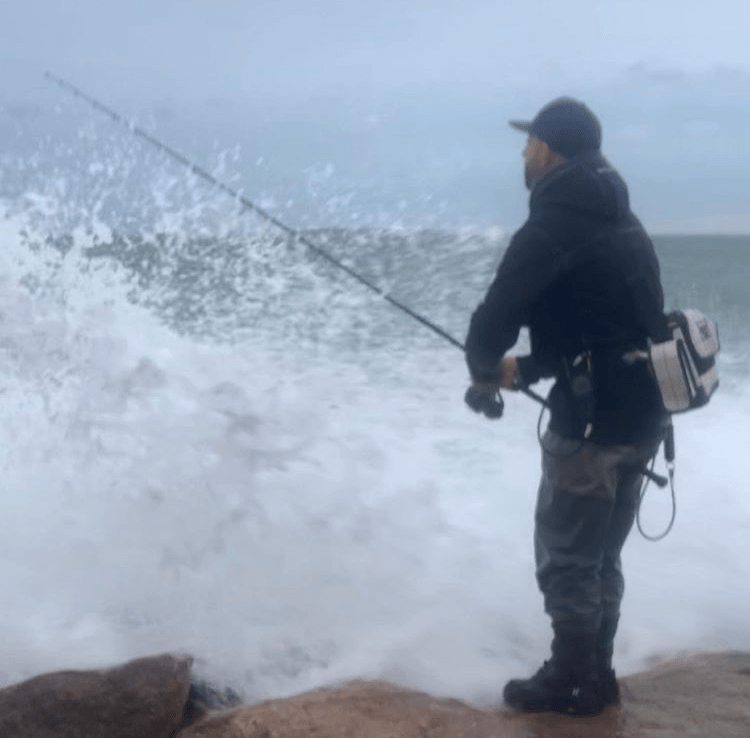

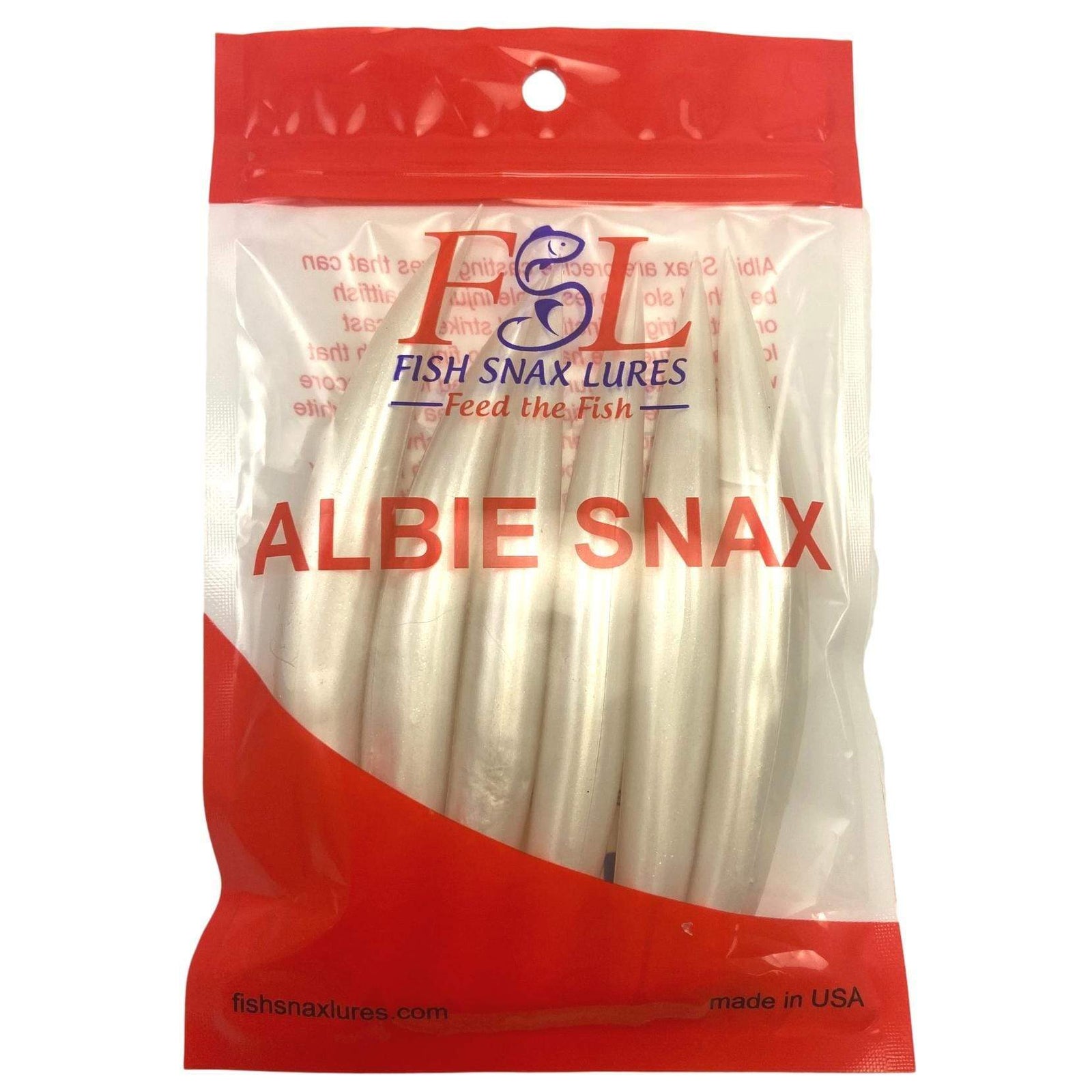

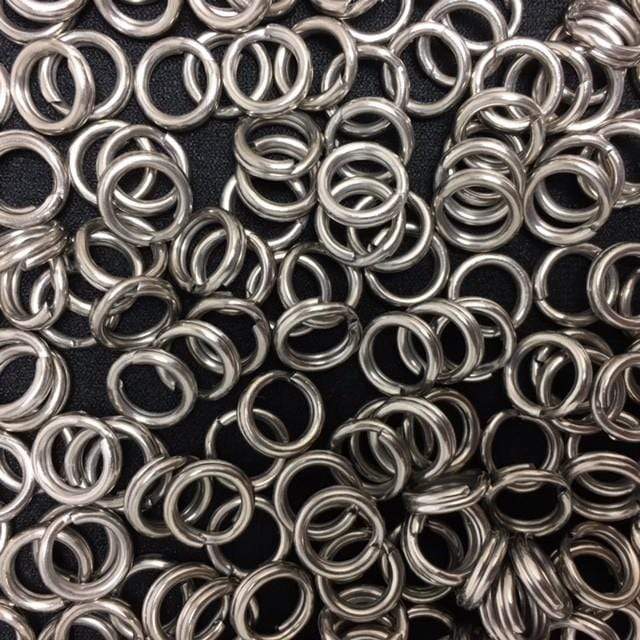
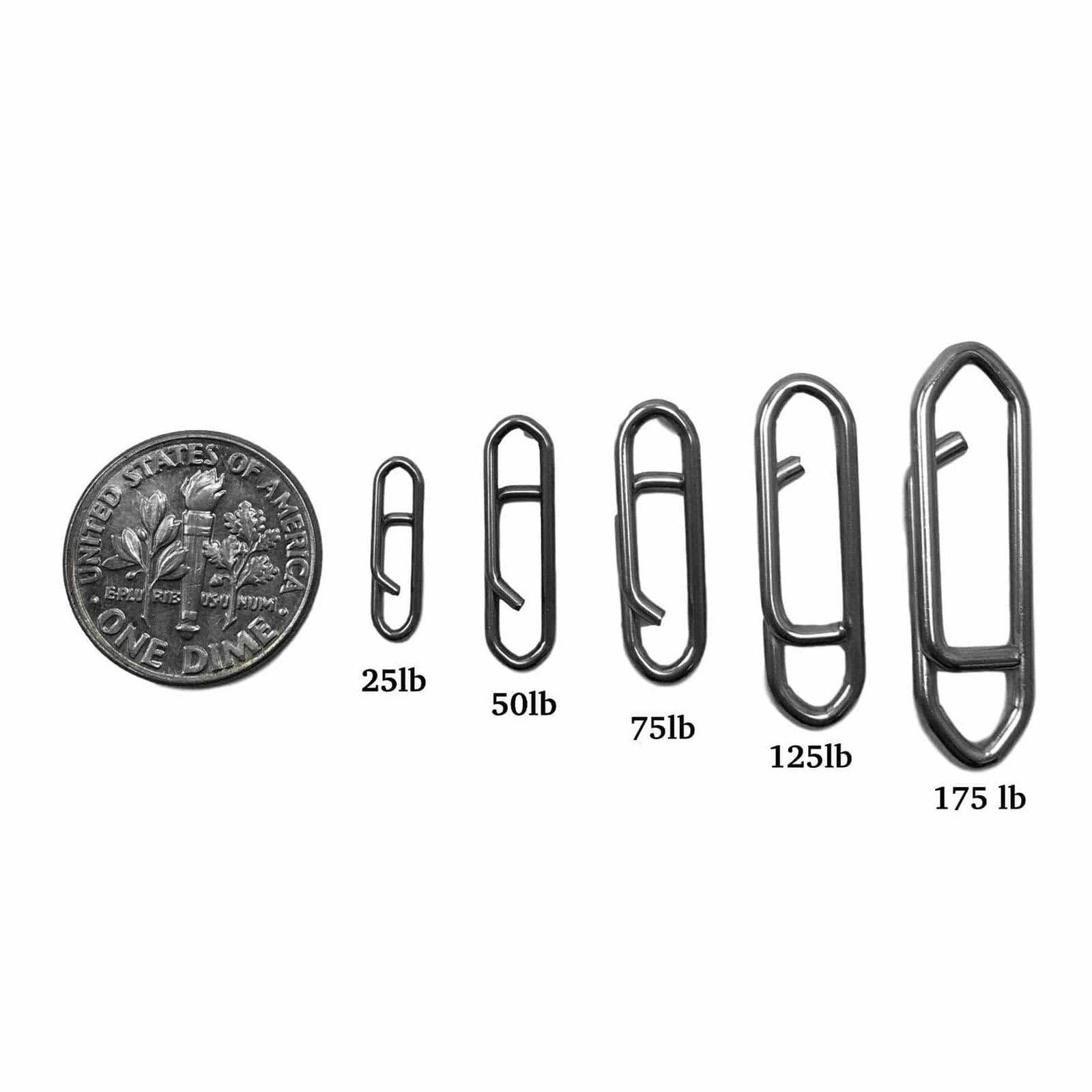


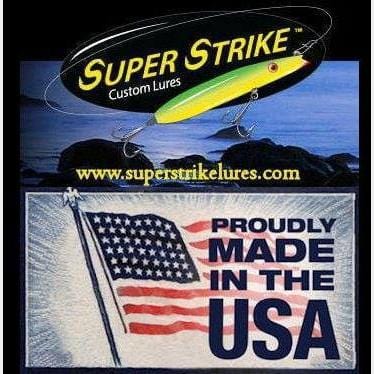

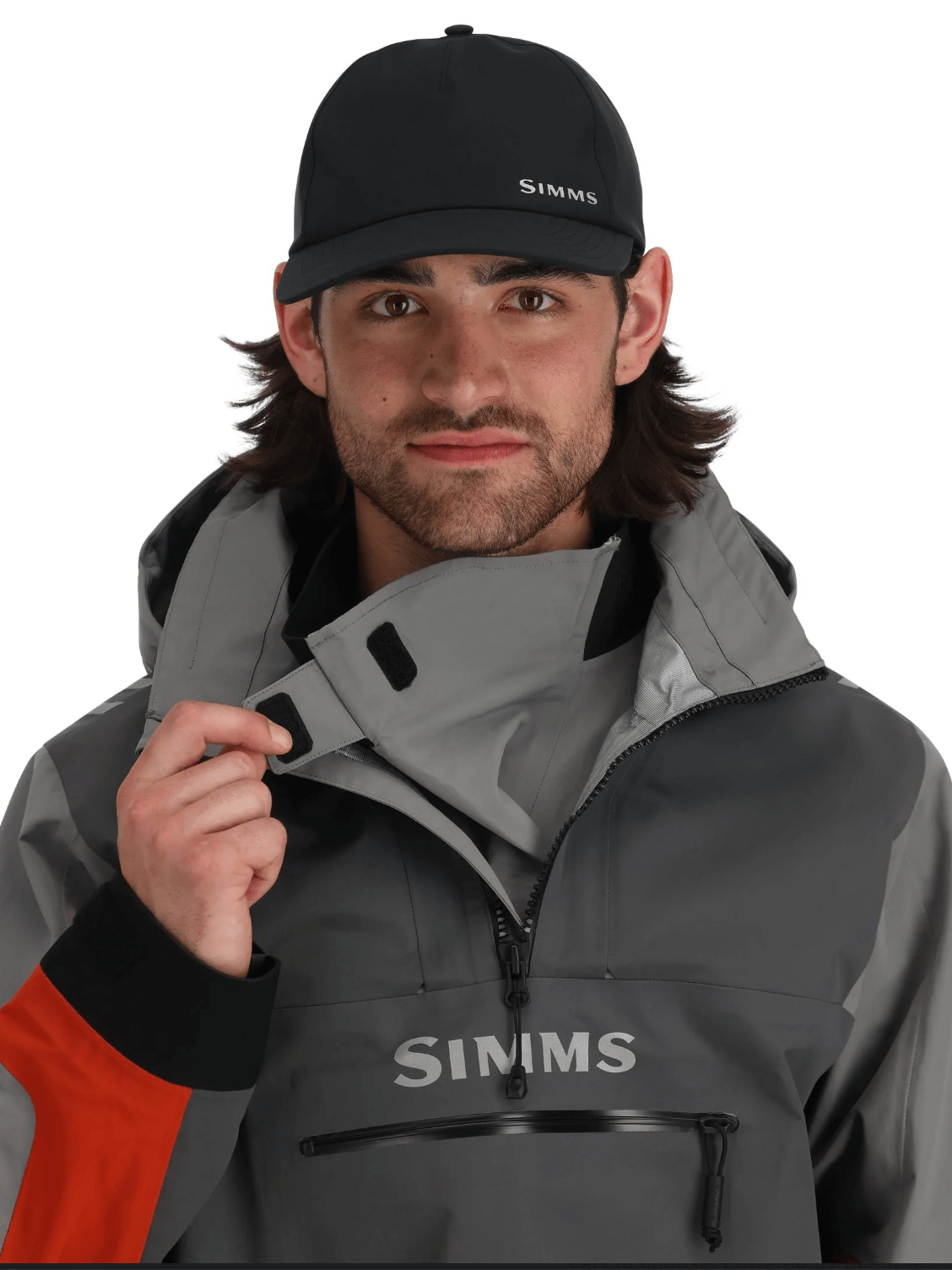

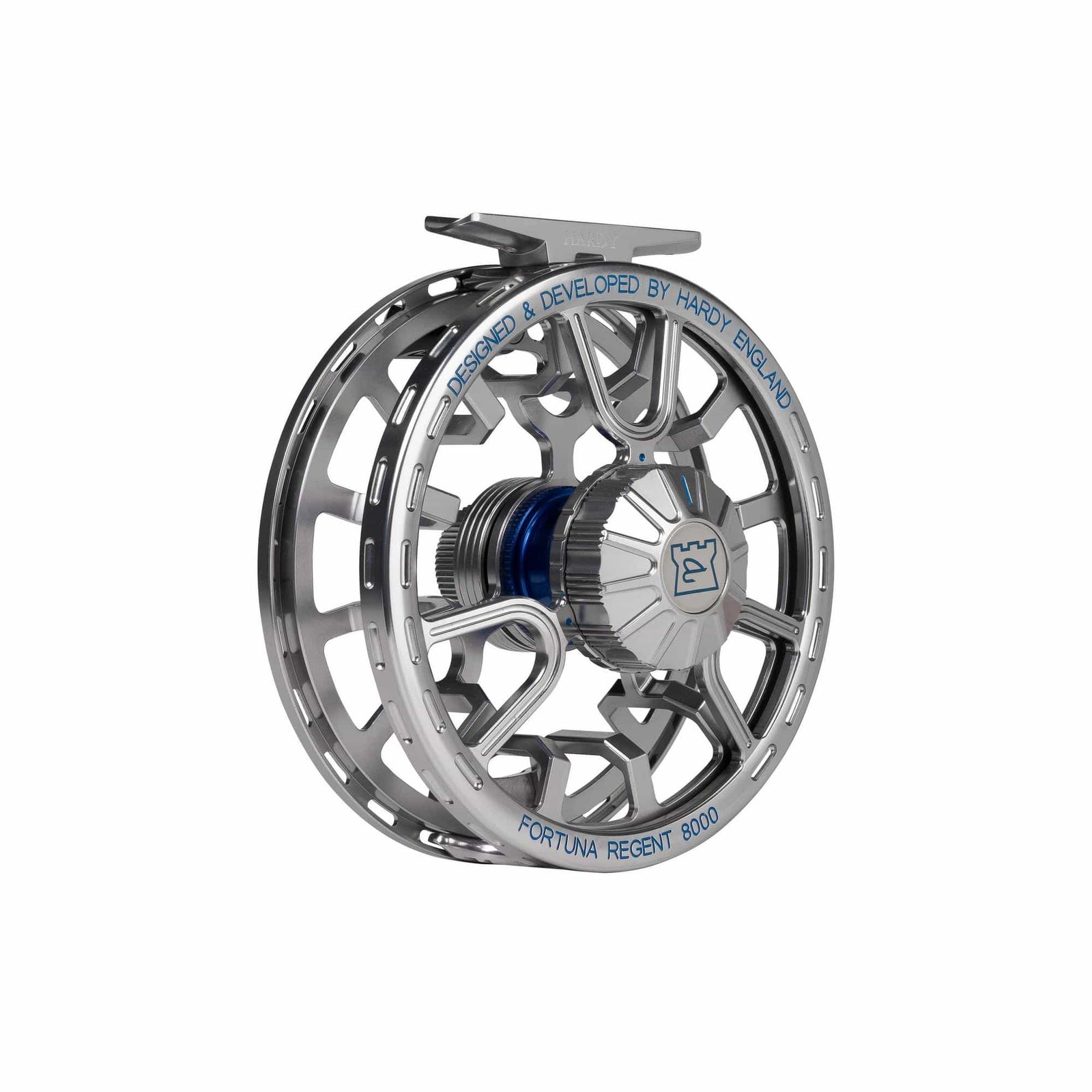
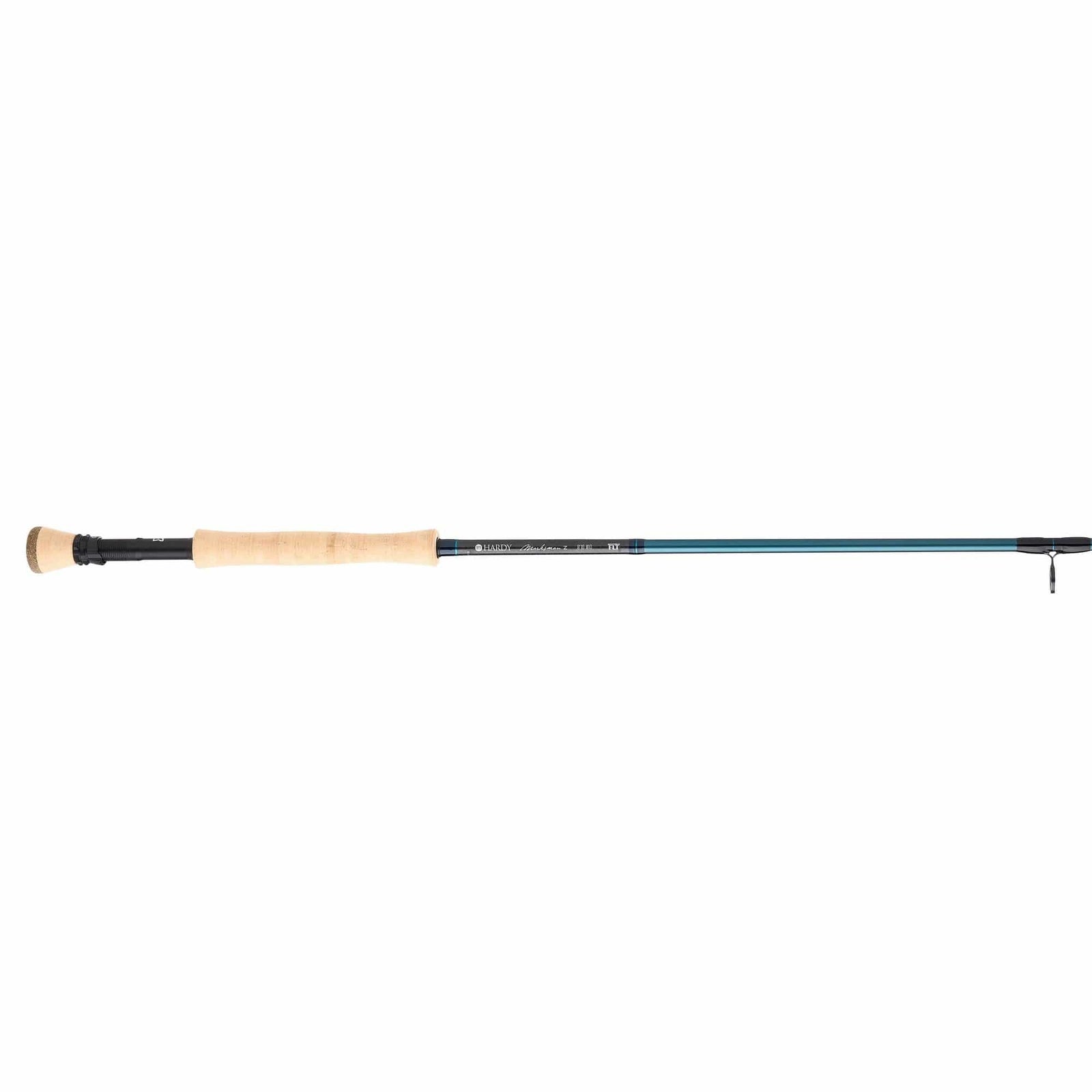

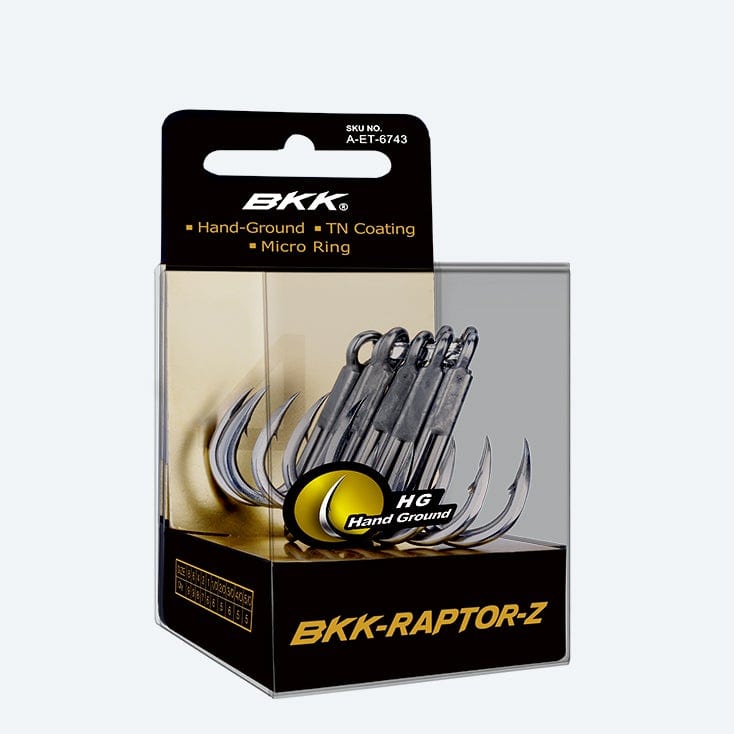



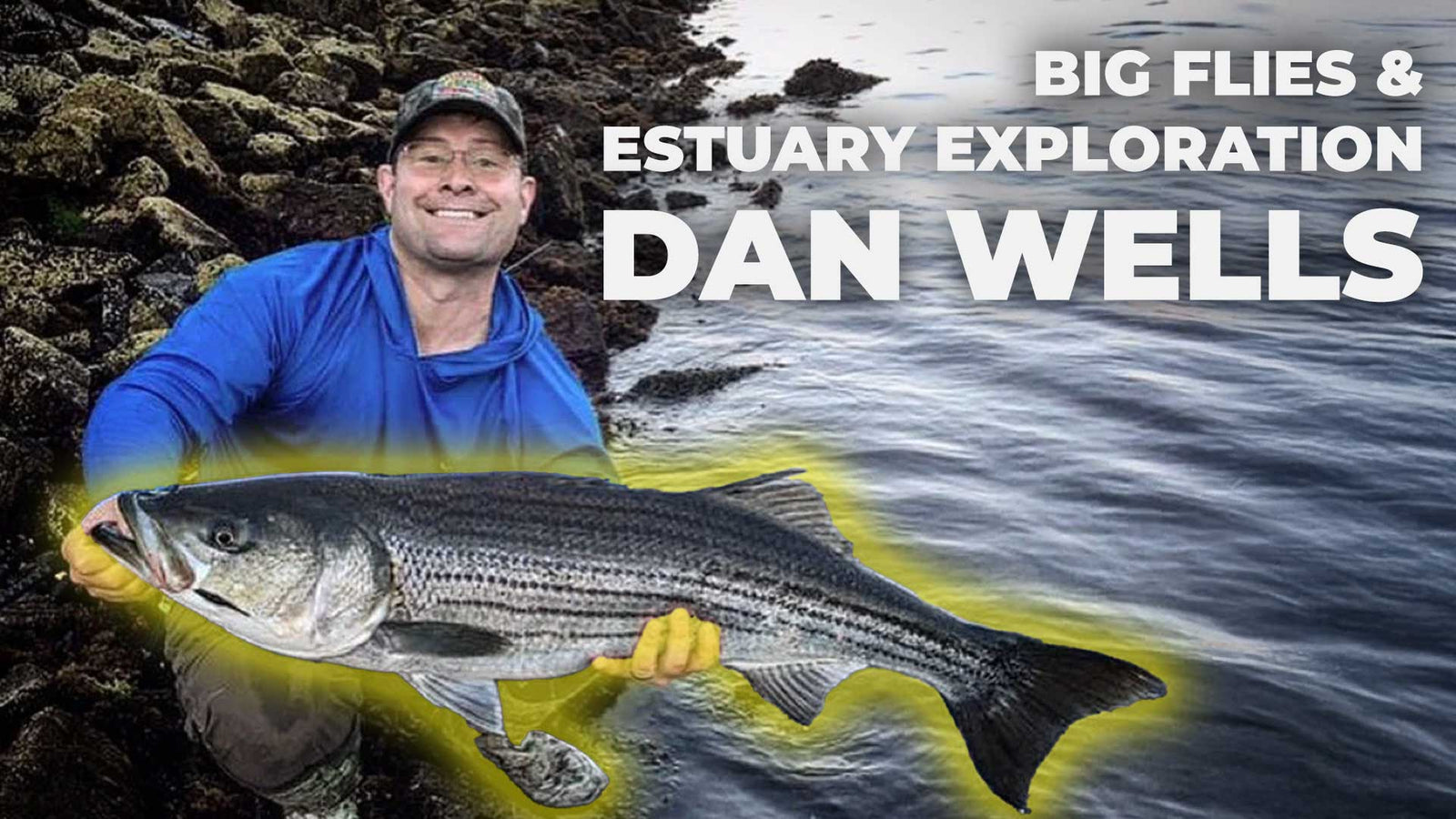
Ryan
October 24, 2022
Even though this article is 9 years old it all still rings true. I had never even heard of a darter (aside from the Mag Darter, which is different) until fishing Montauk. Thanks to the author I think I’ve just come up with few new places to fish a darter much further south then Montauk.